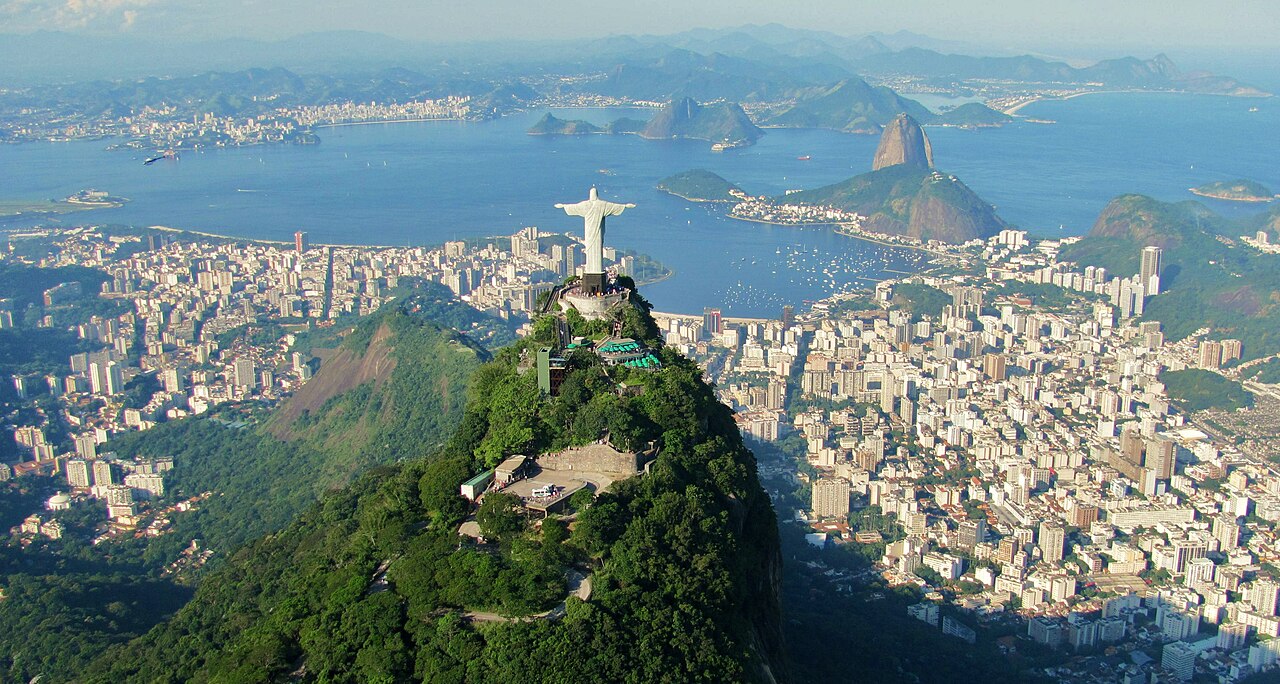Safety in South America shifts block by block, but some hubs face sharper risks than others. Crime indices, strained policing, and trafficking routes shape daily life, while economic shocks and unrest raise volatility. What follows is a practical snapshot, not a judgment on culture or community. Local families still carve out routines and joy, yet conditions in these cities demand caution, planning, and restraint. Awareness, daylight movement, and verified transport help, but underlying pressures remain stubborn.
Caracas, Venezuela
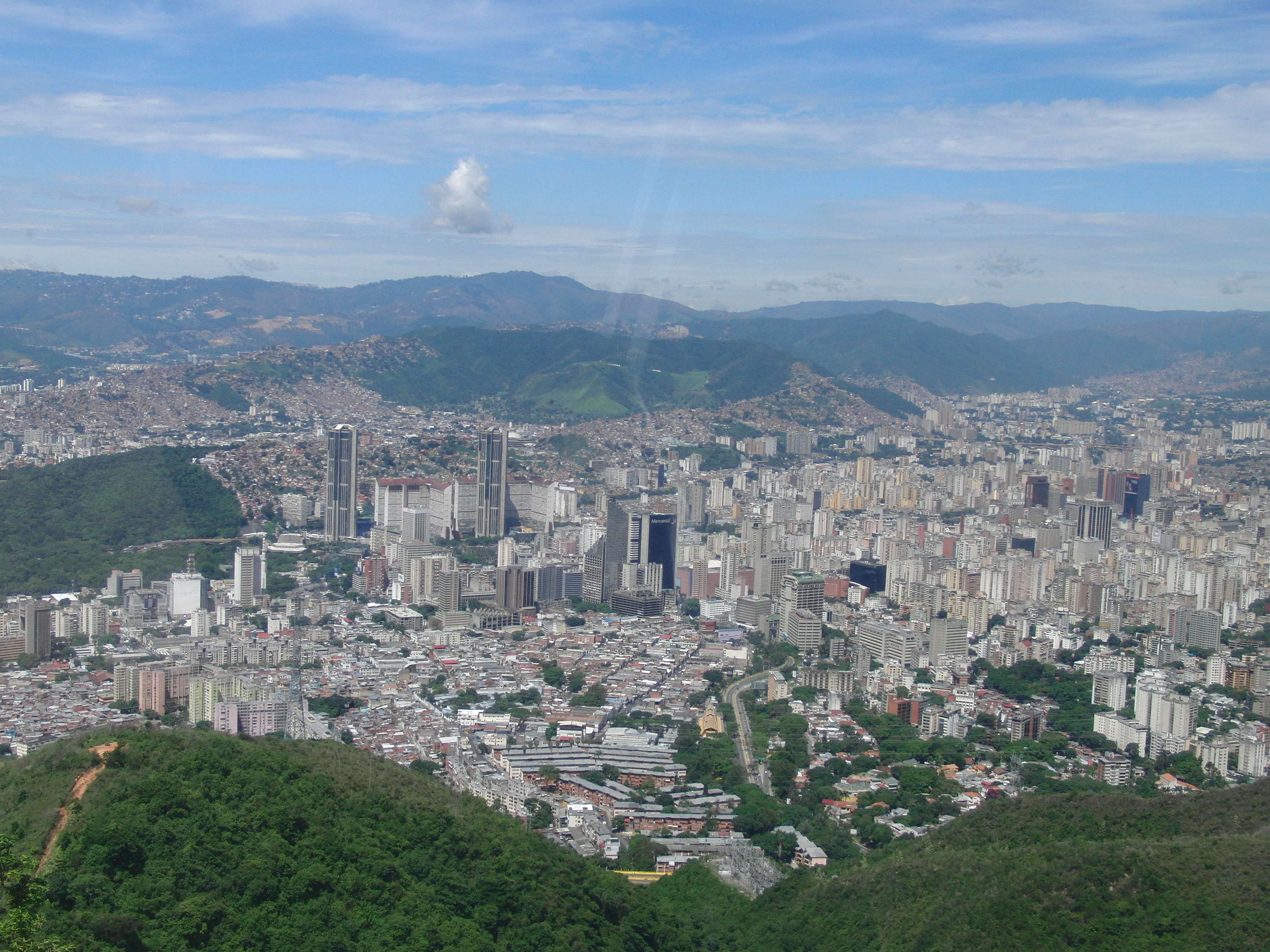
Caracas sits at the hard edge of urban risk. Economic strain, fuel scarcity, and competing armed groups make patterns inconsistent, especially after dark. Robberies and carjackings rise on peripheral roads where response times stretch. Many residents cluster errands into daylight and favor vetted drivers between known anchors. Central districts still pulse with markets and music, yet stress bleeds into commutes and cash handling. The city’s resilience is visible, but safety margins stay thin, and small lapses can become large problems quickly.
Fortaleza, Brazil
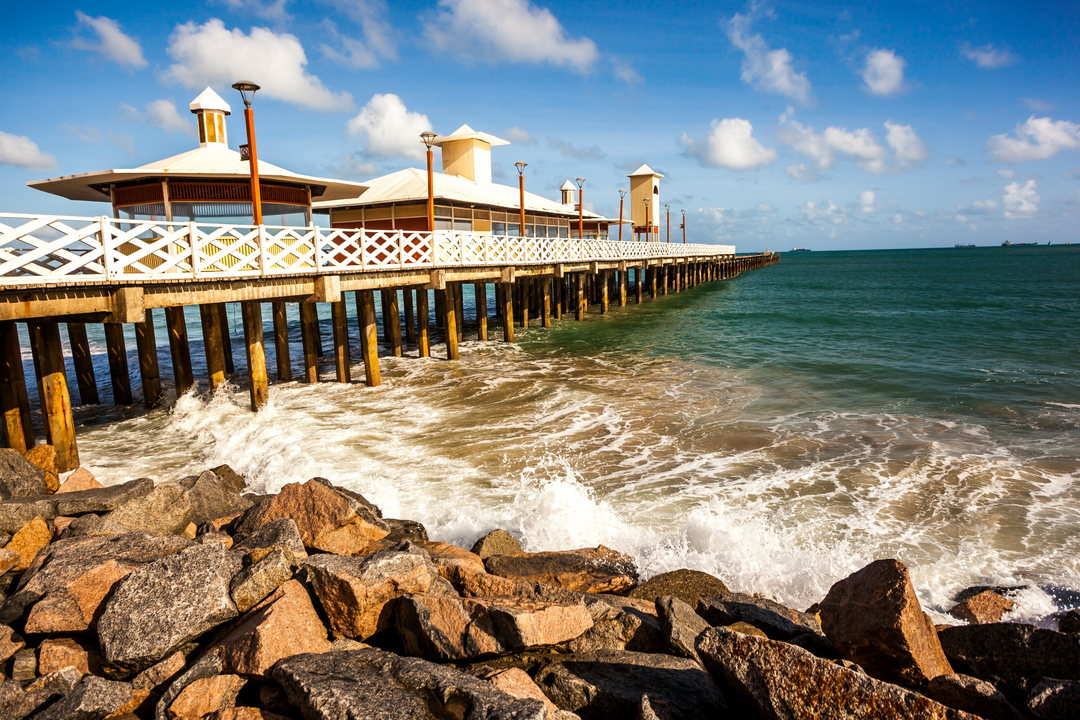
Fortaleza’s shoreline draws crowds while interior streets wrestle with gang rivalries and drug routes. Incidents spike just off the beachfront where phones and small bags become quick targets. Police coverage concentrates on promenades and event hours, leaving quieter blocks exposed when patrols shift. Residents lean on registered taxis, cashless payments, and short errand loops to trim risk. The city’s food and music remain magnetic, yet safety depends on timing, distance from hot corners, and firm boundaries around night movement.
Rio de Janeiro, Brazil
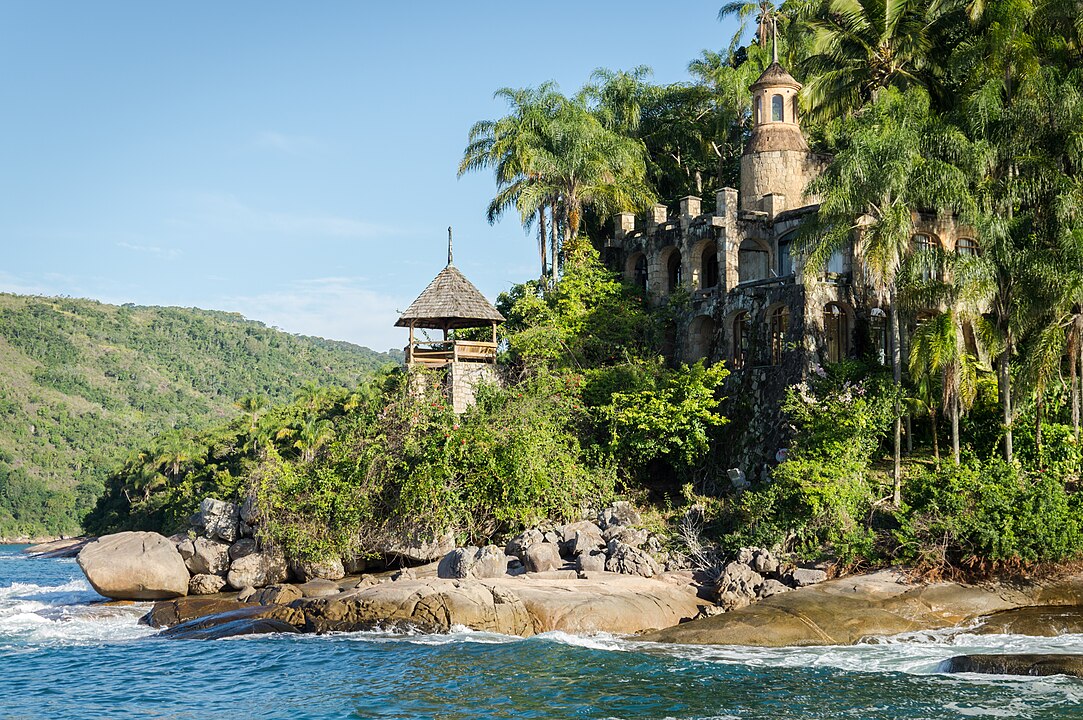
Rio balances iconic beauty with volatile pockets where armed groups and police units contest ground. Robberies cluster near transit nodes, tunnels, and stoplight merges where vehicles stall. Tourist zones receive heavier patrols, but routes can change tone within minutes. Many locals track live alerts to reroute around operations and avoid sudden road closures. Beach mornings feel relaxed; late commutes do not. The city rewards planning and restraint, treating movement like choreography that protects the day’s brighter moments.
Guayaquil, Ecuador
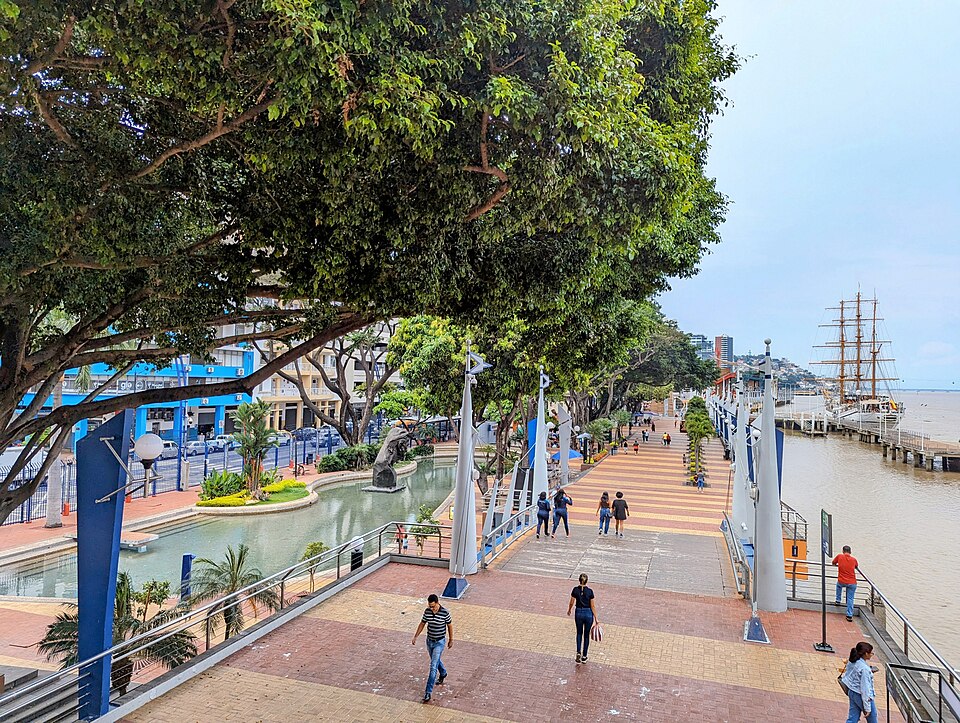
Guayaquil has become a pressure point in Ecuador’s security crisis, with cartel competition converging near the country’s busiest port. Contract hits and prison breakouts echo into surrounding districts, stretching patrols and emergency response. Fast motorcycle crews target bridges and arterial roads, then slip through traffic gaps. Commercial areas still function on tight schedules, but risk concentrates where freight, cash handling, and crowded transport overlap. Locals shorten routes, favor well lit corridors, and treat dusk as a firm boundary for errands.
Cali, Colombia
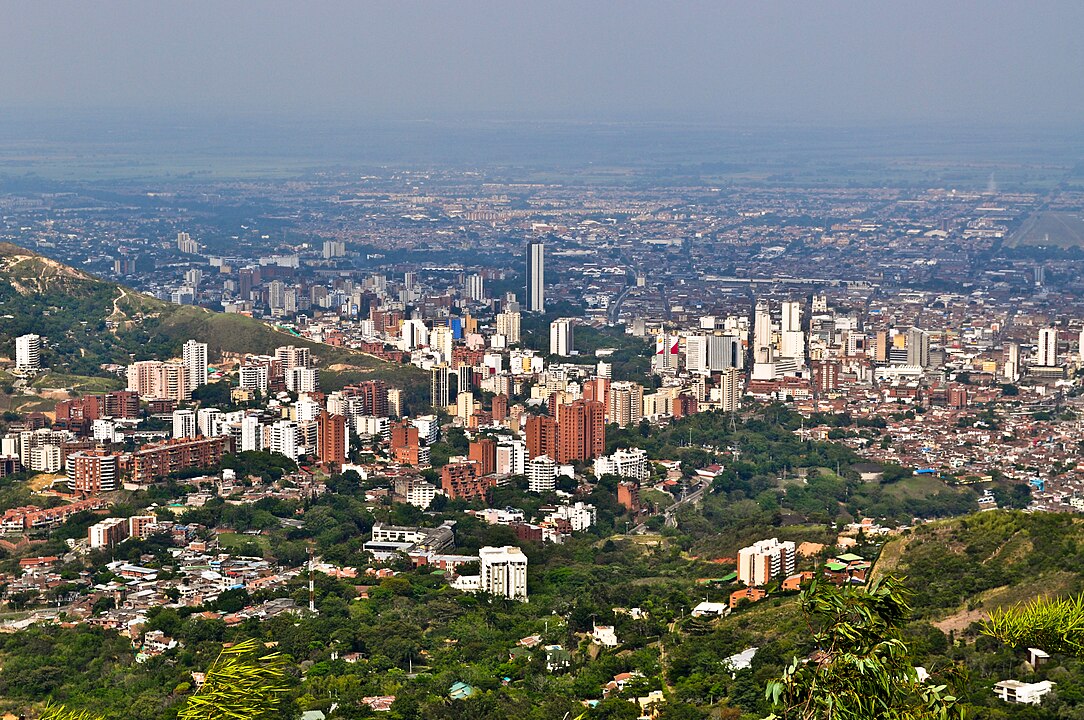
Cali’s rhythm runs from salsa clubs to hillside view points, yet trafficking lanes and street robbery blur safe lines. Express kidnappings have eased since past peaks but still surface in briefings. Marches and roadblocks can erupt with little warning, reshaping routes and timelines. Residents chain together known parking, trusted drivers, and daylight windows to cross bridges and major roundabouts with less exposure. Nightlife carries an asterisk, and even festival weeks run on careful logistics behind the music and lights.
Porto Alegre, Brazil
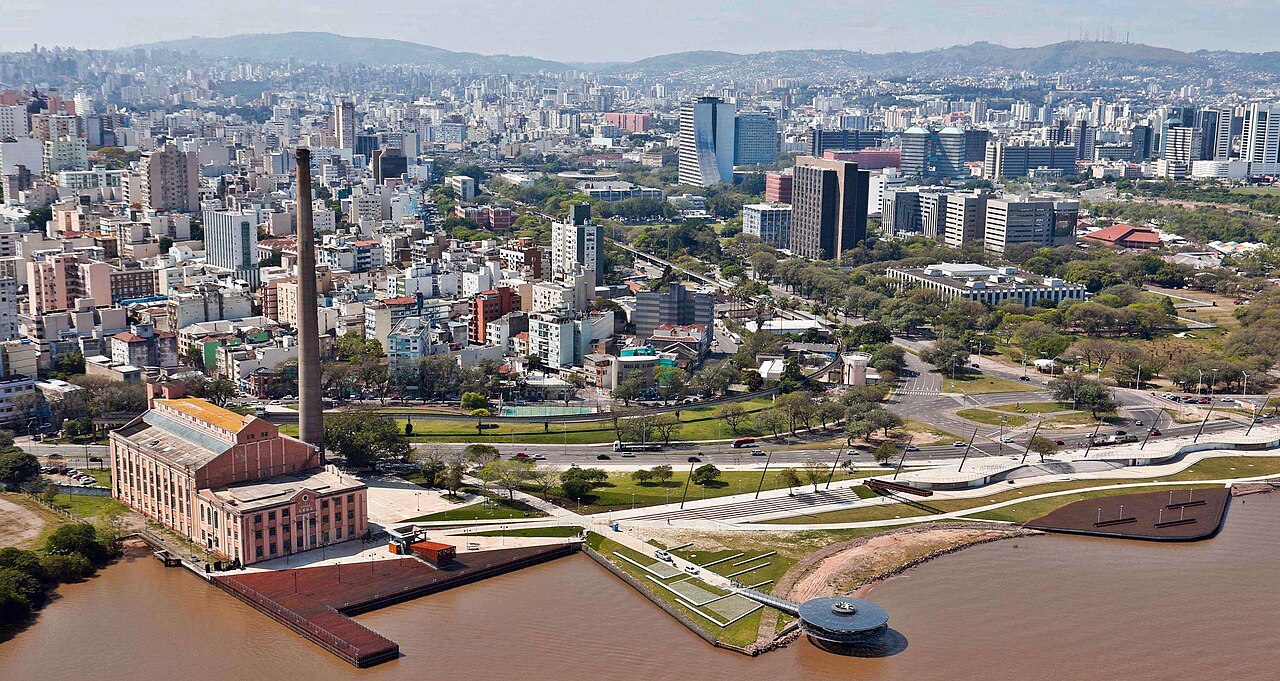
Porto Alegre faces steady property crime alongside bursts of armed theft near bus corridors and downtown transfer points. Offenders favor phones and small electronics at predictable choke points like crosswalks and boarding doors. Police resources tilt toward event days and central arteries, leaving residential belts unevenly covered. Businesses move deliveries earlier to avoid dusk congestion, an ordinary fix with clear benefits. The city’s culture scene holds strong, while everyday caution settles into habits that keep losses small and days intact.
Lima, Peru
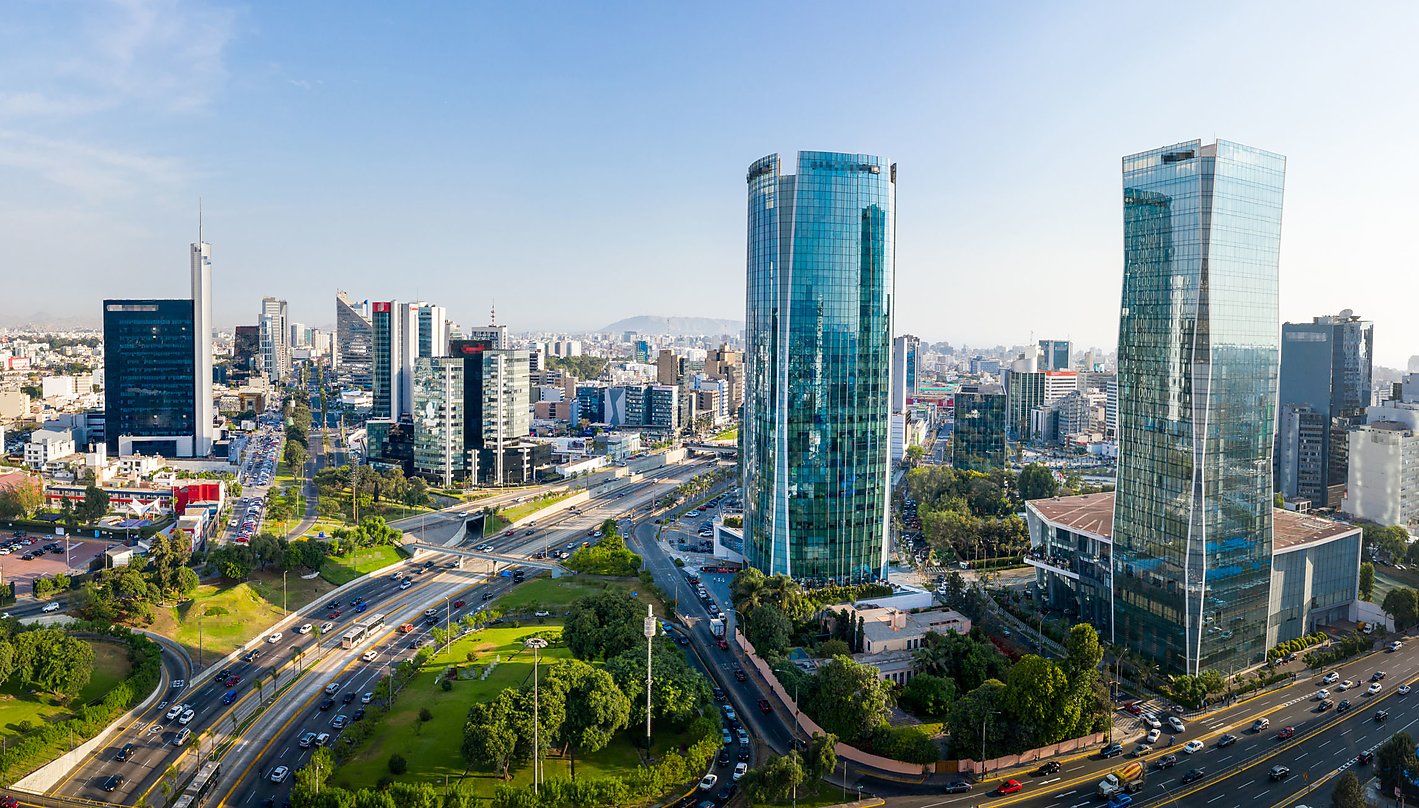
Lima’s scale and sprawl strain security across coastal roads, bridges into downtown, and crowded terminals. Theft rings watch stalled traffic and crowded platforms, working in pairs before melting into minibuses. Street markets thrive, yet pickpockets track routines as closely as commuters do. Families rely on known ride apps, guarded parking, and cash light habits to keep errands smooth. The capital’s dining and museums remain a draw, but safety lives in boring decisions that stack up and steady the week.
São Paulo, Brazil
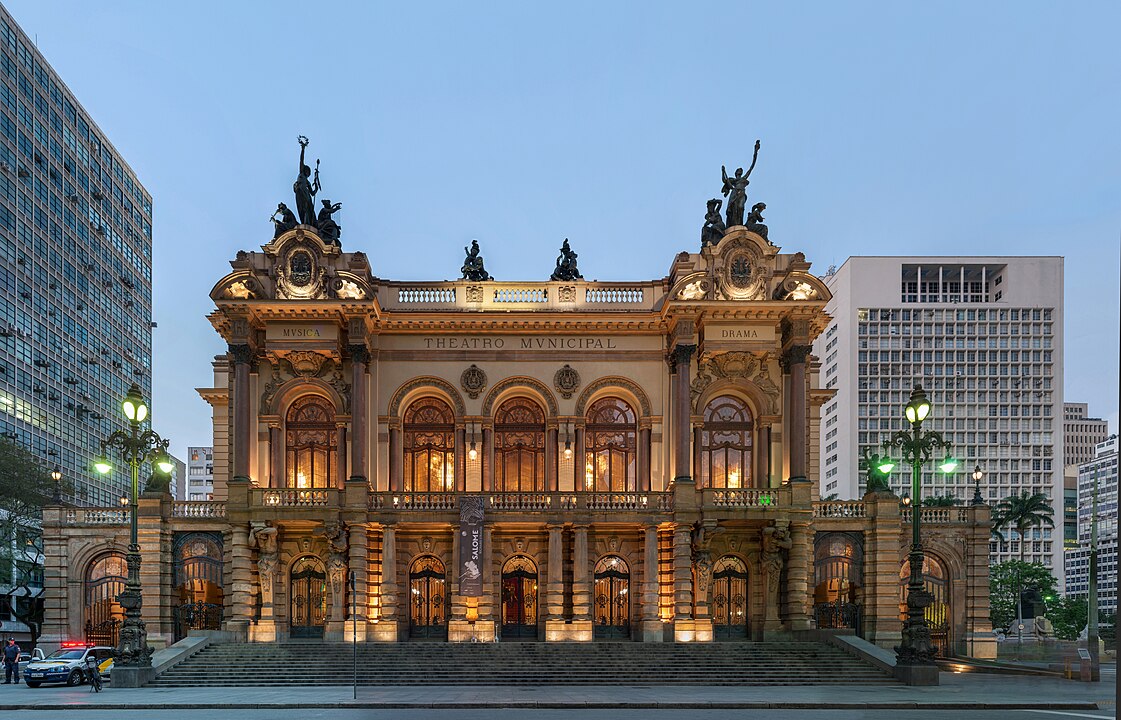
São Paulo runs late and wide, challenging even strong police units. Motorcycle crews stage quick robberies at crosswalks, curbside cafes, and traffic bottlenecks, then disperse through back streets. Frequent raids help but must cover a metropolis of endless edges. Residents default to secure garages, planned transfers, and digital payments that limit exposure. The city rewards discipline more than bravado, turning routines into armor. Energy is the selling point; logistics are the price of admission for those who call it home.
Bogotá, Colombia
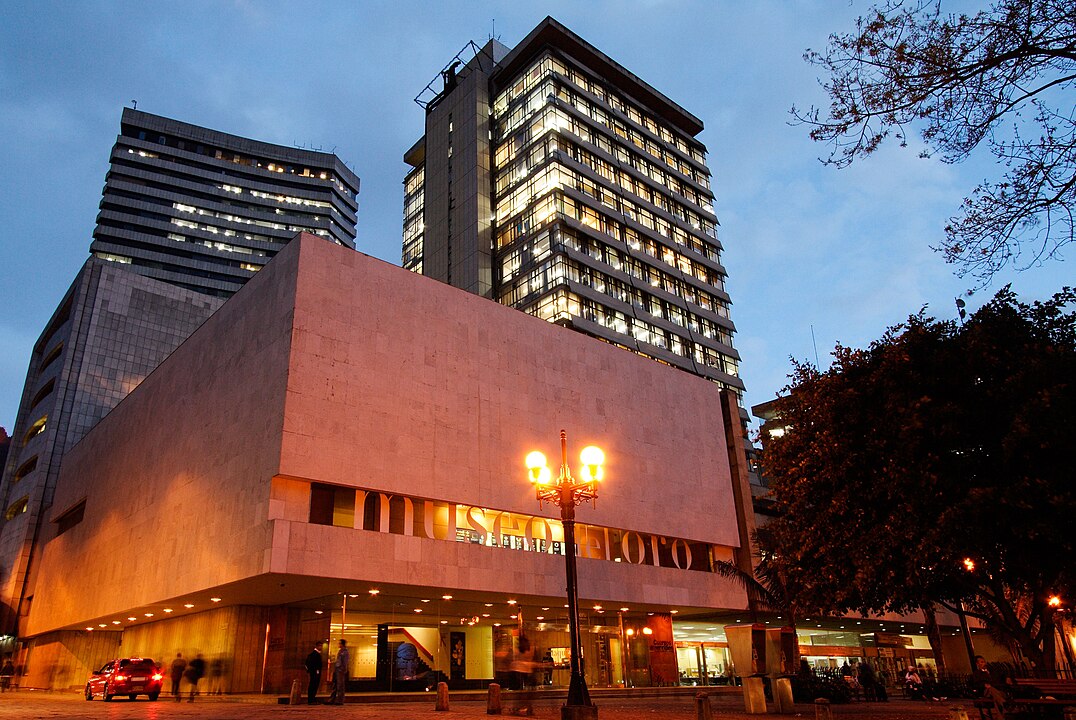
Bogotá’s altitude and weather shifts complicate patrols, while theft and armed robbery rise around bus rapid transit stations and central corridors. Protest days can close arteries without much notice, stranding commuters and stretching response. Offices stagger start times to loosen morning crush, and residential towers tighten access to deter follow ins. The historic core still shines, but movement plans work best when conservative, layered, and flexible. Calm days are common; the cost of ignoring signals is high when tides turn.
Campinas, Brazil
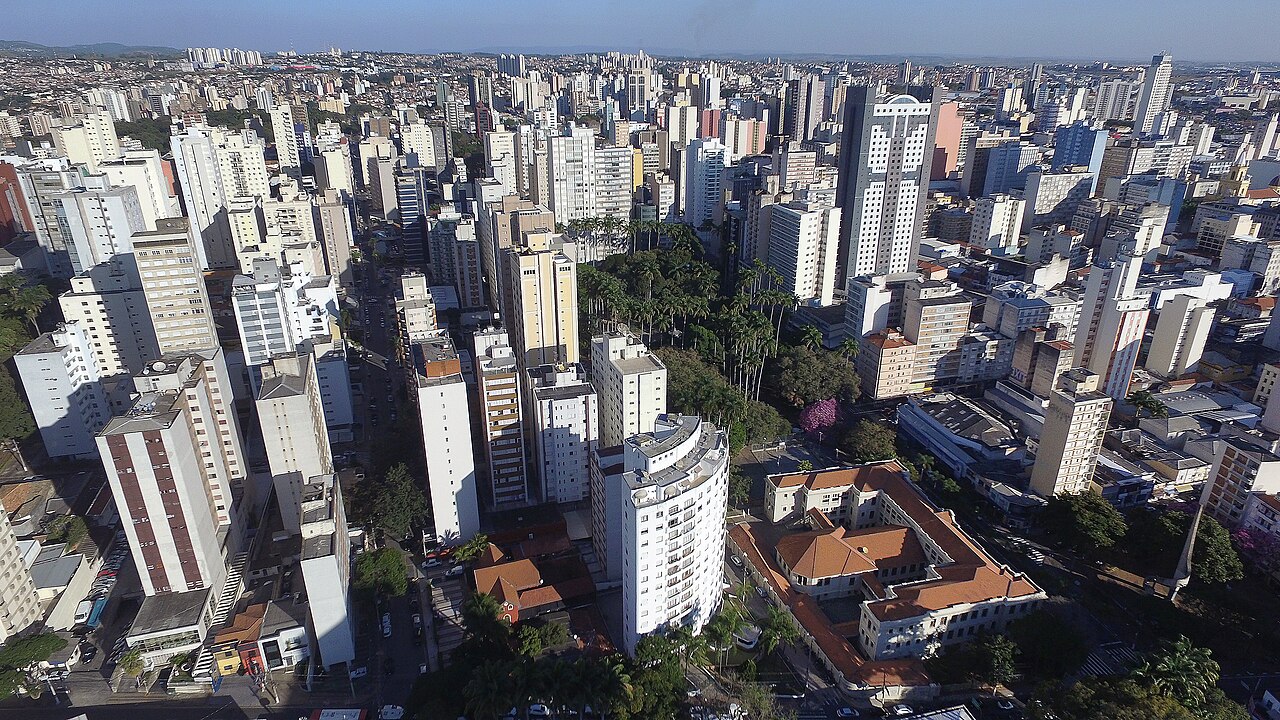
Campinas blends university life with a tech economy that attracts quick hit thefts targeting laptops, phones, and car parts. Incidents cluster near mall lots and arterial roads that feed regional highways, where getaways can be fast. Police focus on the main corridors, pushing crime into side streets and quieter hours. Neighborhood groups share alerts, apartment blocks guard parking, and errand loops shrink at dusk. The city’s research labs hum, yet daily safety depends on small, repeatable choices that add up.
